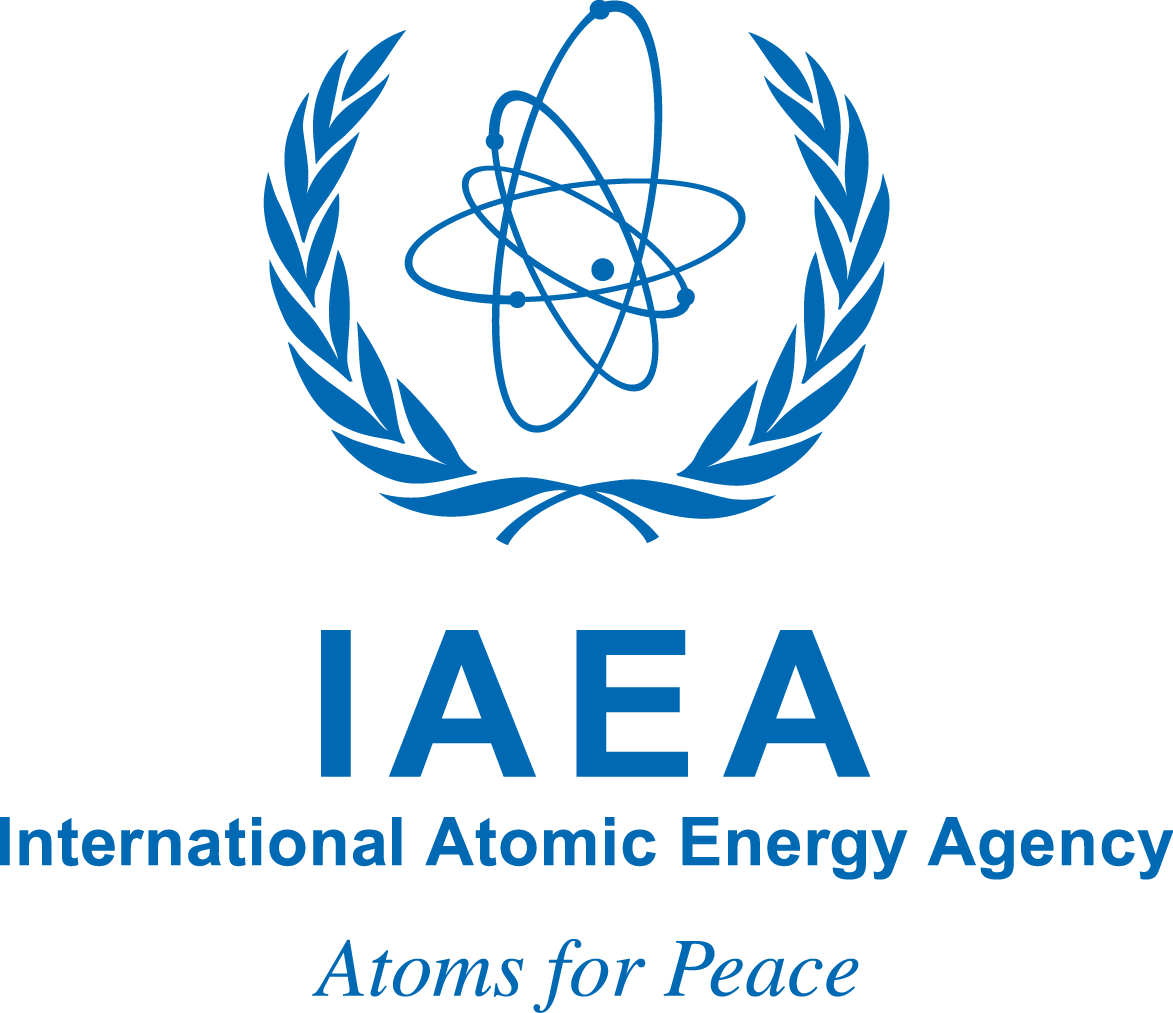Part 2 of 4 Parts (Please read Part 1 first)
Steven De La Fuente is a research associate at the James Martin Center for Nonproliferation Studies. He said, “So the depth of the facility [in the mountain] is a concern because it would be much harder for us [the U.S., to penetrate]. It would be much harder to destroy using conventional weapons, such as like a typical bunker buster bomb.”
Analyzing a separate set of satellite images, analysts at the James Martin Center suggest that four separate entrances have been dug into the mountainside. Two of those entrances are located to the east and the other two are located to the west. These entrances are about twenty feet wide and twenty feet tall.
Kelsey Davenport is the director of nonproliferation policy at the Washington-based Arms Control Association. She said that the completion of the underground nuclear site in the mountainside “would be a nightmare scenario that risks igniting a new escalatory spiral... Given how close Iran is to a bomb, it has very little room to ratchet up its program without tripping U.S. and Israeli red lines. So at this point, any further escalation increases the risk of conflict.”
The tunnel network near the Natanz site is not the only underground facility that is beyond the reported reach of the U.S. MOPs. Iran’s nuclear development site carved deep into a mountain at Fordo is reported to be almost three hundred feet deep. It is also covered by multiple feet of reinforced concrete. In 2012, experts reported how Fordo then represented a more significant challenge to penetration when compared to the previous underground facilities at Natanz.
This situation raises questions about how the U.S. military might be able to use its bunker busters against these deeper underground facilities. The Air Force has said very little about the MOP program in general. However, much of its impetus in the early 2000s appeared to be response to Iran work to bury its nuclear enrichment infrastructures underground in order to protect them against preemptive U.S. or Israeli attacks.
U.S. bunker busters are guided to their target by GPS. It is certainly possible that multiple bunker busters could be dropped close to the same spot by B-2 Spirit stealth bombers. B-2s are currently the only aircraft in the U.S. arsenal able to carry and drop the MOPs. The Air Force’s future B-21 Raider stealth bombers is reportedly able to carry one MOP while the B-2 can carry two.
The BLU-127C/B warhead is the main explosive charge at the core of the GBU-57E/B variant MOP. The U.S. Air Force has released statements that the “inert” version of the BLU-127C/B warhead could be used to “dig down” to the target, softening the ground. Live versions of the warhead could be used for this purpose as well. In the case of the tunnels inside the Zagros Mountains, the ground would probably be very dense. Each subsequent bomb that was dropped would be able to penetrate deeper to the target. This would include weakening any reinforced concrete layers. There is also the possibility of weak points in the facility’s design and mechanical infrastructure that could be exploited to increase penetration to the target.
Please read Part 3 next
